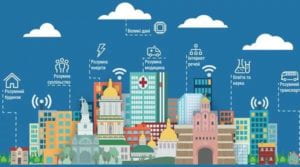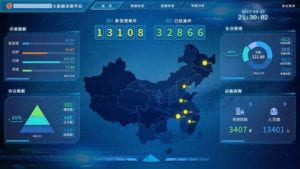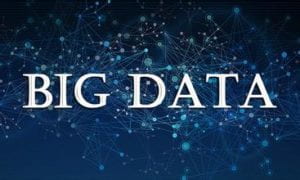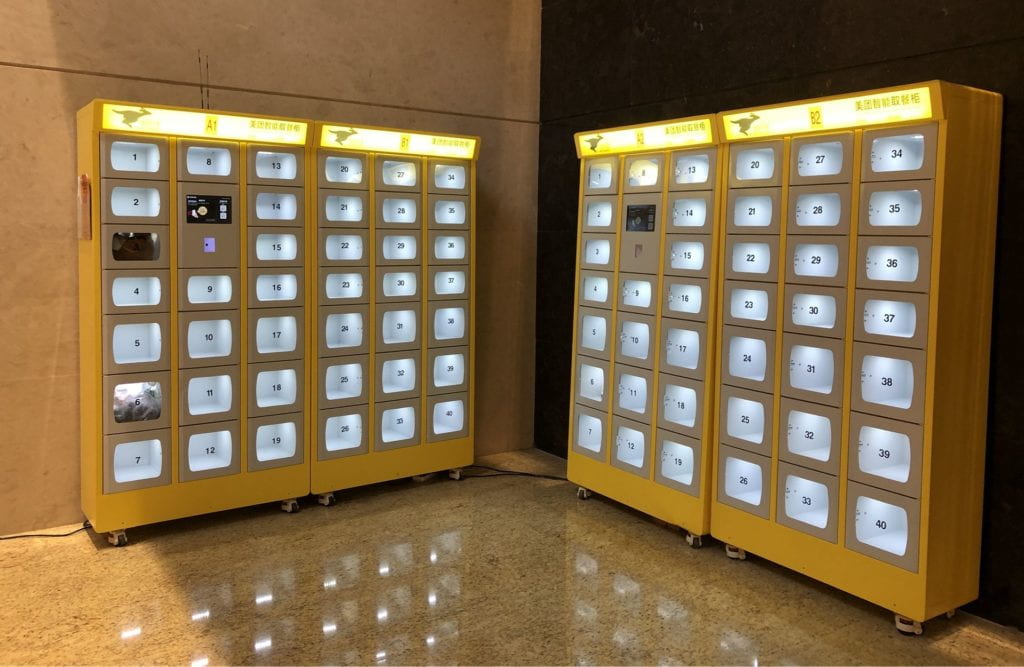Infrastructure is generally perceived as a system of substrates like railroad lines, pipes and wires, all images of which are concrete and visible. But when it comes to the academic research, we can also see infrastructure as a part of human organization, the physical network through which goods, waste, ideas, power and people are trafficked-which definition seems to be more abstract. In The Ethnography of Infrastructure, the author pointed out several properties of the infrastructure: embeddedness, transparency, reach, links with conventions of practice, embodiment of standards, built on an installed base, becomes visible upon breakdown, and fixed in modular increments. Moreover, it provides a new perspective to combine observation, historical research, systematic analysis and data collection in studying the anthropologic project and the infrastructure. And the Worm Community Study mentioned in the article could be a great example for the opinion in the above discussion: changing the traditional way to “a linked set of interviews with potential users and ethnographies” (pp. 382) enables the improvement of efficiency.
In my opinion, the most interesting and meaningful feature of infrastructure study is systematic thinking. As we all know, the infrastructure is always built on a series of small, technologically-based parts, then these parts converge into a network to form a large-scale structure. In modern society, advanced technological systems such as telecommunications systems have reconfigured urban spaces to bundle water, energy, people, and streets into a series of infrastructure networks, thus bringing convenience to urban life for residents. Therefore, we need to look at “modernity” from a comprehensive perspective, as the city we live in is a system composed of tiny elements on different levels.

Infrastructure of modern city
We could apply such knowledge of infrastructure to the research of the topic about the modern city and mobile food delivery. Both food stalls and delivery man can be regarded as a part of the modern city’s infrastructure. With the fast development of online platforms such as Meituan and Eleme, the number of delivery man in cities of China has reached several million. Though it seems to be a labor-intensive industry, food delivery industry is actually based on the big data and high technologies including cloud computing, Internet of Things, artificial intelligence and so on. The instant delivery platform develops an intelligent scheduling system by using machine learning, operations optimization, scheduling simulation and other technologies, which could track the direction and current position of the delivery man in real time. Combining the real-time situation, the platform is able to distribute and optimize orders in the most efficient way calculated by the system. Therefore, in addition to creating jobs and promoting the digital economy, food delivery system has become a part of urban life’s new infrastructure and the symbol of the upgrading transformation of modernization. There’s also a related report that reflects the growing number of delivery man, the boom of the mobile food industry, and their importance in the modern city. (Read more here)









